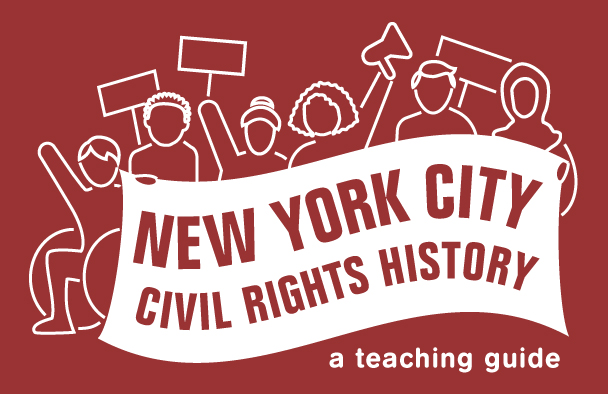- Historically marginalized communities seek self-determination in education, and have created their own schools, spaces, and institutions to achieve this goal.
Imagine an all-Black youth club, or a school for Deaf children led by Deaf educators. Are these examples of segregated institutions?
Students of color and Disabled students and their advocates were often denied the opportunity to exercise power or control in white-dominated schools and those built for non-disabled students. One way they have responded was to create their own schools or other places for learning that reflected their self-determination, that is, their ability to shape and guide themselves and their own institutions. These spaces reflected a desire for being together, giving support, and taking strength from one another, because of, or in spite of, racism and ableism in the broader society.1
Because these institutions are created within historically marginalized communities, and because people choose to join them - rather than being required by others to do so - we do not apply the term “segregated” to these spaces.
-
Barbara Ransby, Ella Baker and the Black Freedom Movement: A Radical Democratic Vision (Chapel Hill: University of North Carolina Press, 2003); Russell Rickford, “Black Power as Educational Renaissance: The Harlem Landscape,” in Educating Harlem, ed. Ansley Erickson and Ernest Morrell (New York: Columbia University Press, 2019), 210-233; Russell Rickford, We Are an African People: Independent Education, Black Power, and Radical Imagination (New York: Oxford University Press, 2016); Mark Winston-Griffith and Max Friedman, Season 1, 2019, in School Colors, produced by Brooklyn Deep, podcast, https://www.schoolcolorspodcast.com/brooklyn; S.O. F.E.D. U.P. Handbook for the Disabled Students of Brooklyn College, CUNY; Brianna DiGiovanni, “Deaf New York City Spaces,” ArcGIS StoryMaps, October 19, 2020, https://storymaps.arcgis.com/stories/32b9eaed718947d9b647447830b41cbc. ↩︎
